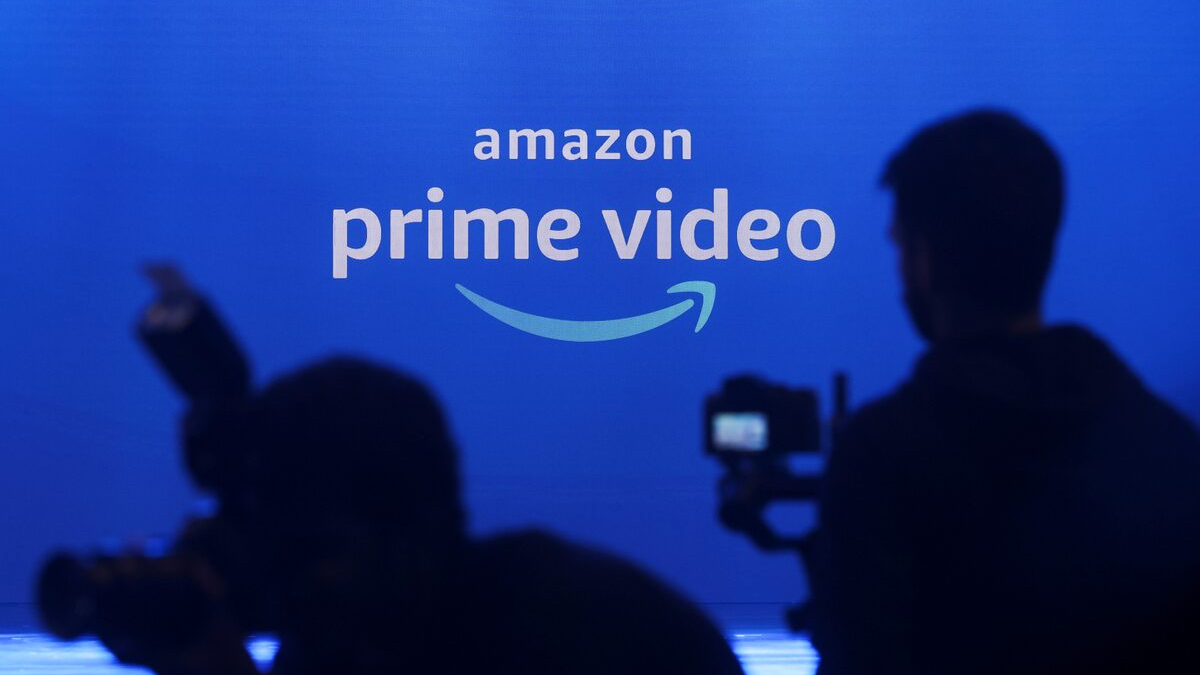Starting January 2025, Amazon Prime users in India will experience a significant change to their subscription benefits. The company has informed its users that the number of devices allowed under the Prime membership will now be limited, particularly affecting TV streaming. Until now, Amazon Prime allowed users to stream content on up to five devices, with no restrictions on the type of devices. However, from January 2025, the new policy will allow only two of those devices to be televisions.
Amazon’s update, shared via email to Prime members, reads: “Starting January 2025, we are updating our usage terms in India to include up to two TVs as part of your five devices entitlement. You can manage your devices on your Settings page or buy another Prime membership to watch Prime Video on more devices.”
This policy change means that out of the five devices users can have, only two can be televisions. The remaining three can be mobile phones, tablets, or laptops, using the web version. This change will be a downgrade for many Prime users, especially those who have been paying Rs 1,499 annually for access to Amazon’s wide array of services, which include streaming, shopping, and more.
The term “household” is highlighted in the notification, a concept that has recently gained prominence due to Netflix’s similar policy shift regarding account sharing. As streaming platforms increasingly limit shared access, this move aligns with the trend of reducing the number of devices that can simultaneously stream content on one account.
Additionally, as the streaming industry evolves, platforms like Amazon Prime are shifting towards ad-free models and limiting device access, drawing parallels to traditional cable TV services that often featured ads. These changes have become increasingly common across the streaming landscape, with Amazon making its adjustment in India.
For users concerned about the new limitations, Amazon’s settings page allows them to manage their devices and ensure that their current devices are within the allowed limits.
ALSO READ: Apple Slams Meta Over EU’s Push For iOS Interoperability























